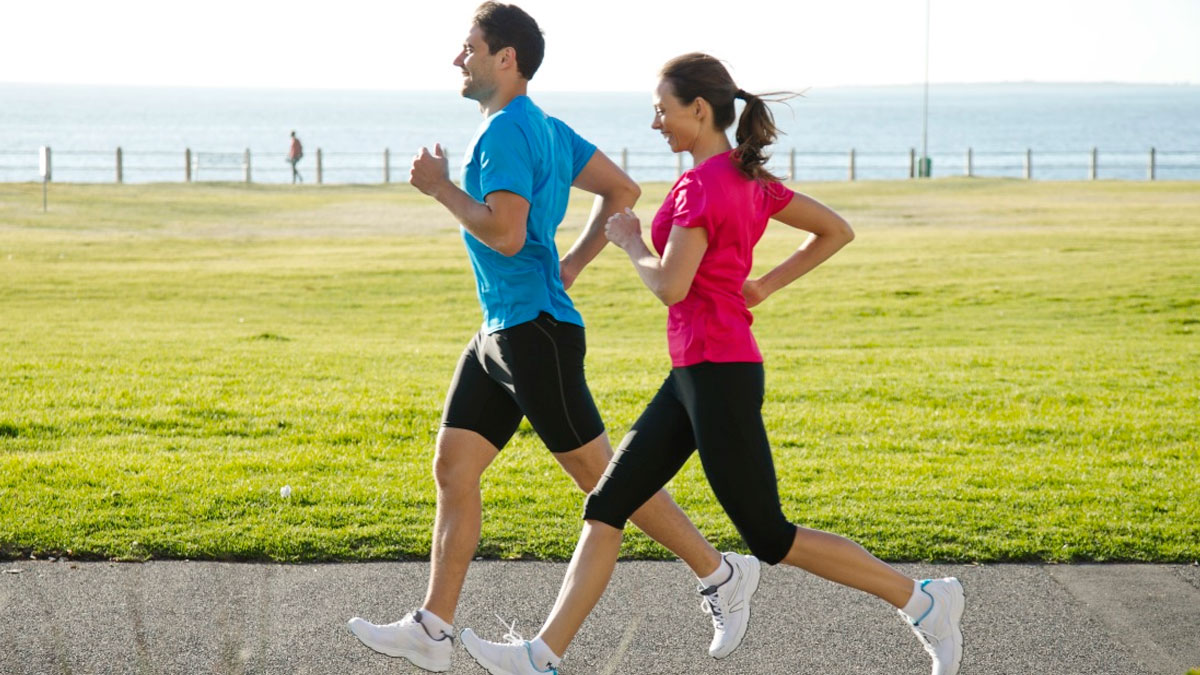It is the most common exercise and brings huge physical and psychological benefits. How to improve training.
Walk It is one of the most popular exercises worldwide. Because of its simplicity and accessibility, anyone can begin their physical activity in this way. It also brings huge benefits, reduces the risk of frequent health problems such as anxiety, depression, diabetes and even some types of cancer.
The content you want to access is exclusive to subscribers.
Anyway, after a while, the body gets used to, and increasing the intensity of the exercises will always make the benefits faster and better. One of the most favorable effects of the walk and the race is the improvement in the lungs and heart. On the other hand, longevity also increases.


Run or walk

Benefits of walking and running: which impacts more on your body and your life expectancy
How do you differ from running from running? In principle, running is more efficient. Because, in addition to a higher speed, walking only implies lifting the foot, while when we run we integrate jumps, this requires more strength, energy and power than walking. For anyone, run at any rhythm, even a soft trot, will make the lungs and the heart work more.
This can raise the level of effort to what is known as “vigorous activity”, which means that you breathe so strongly that you can only pronounce some words at the same time. Taking into account that Health standards recommend between 150 and 300 minutes per week of airbic activity of moderate intensity How to walk at a light pace, or half of the time in vigorous activity, this shows that running would be twice as good to walk.
But in regards to some Key studies on longevityit has been discovered that running is even more effective than that. In 2011, Taiwan researchers asked more than 400,000 adults how much vigorous and moderate exercise they did. Thus, they discovered that usual 5 -minute racesprolong the lives of people as much as 15 -minute walks. And in addition, the usual 25 -minute races as well as the 105 -minute walks reduced the risk of dying by 35 percent during the next eight years.
From the jogging walk: step -by -step guide to start running without injuring you
Just as it brings more benefits, running also leaves you exposed to more danger. By using muscles more intensely, short -term injuries are more common among those who run between those who walk. If you start walking first, the body tends to adapt, which reduces risk. Even the most experienced runners, when they take a break, start again.
- Add steps: Increasing the path of the walk is a good start to move on to a more intensive exercise in the short term.
- Increase the pace of little: You can reserve short periods of time in which to prove an intensity greater than the one that has been carried out regularly. Then gradually increase the duration until it can endure 1 hour.
- Walk and occasionally run: Once you begin to gain intensity, it becomes easier to sustain the increases in the race. That is why it is important to add race intervals to the walk.
- Try to run without intervals: Each or two weeks, increase the race time and gradually reduce the walk, they can make little by little go to the race at a higher speed.
Source: Ambito
I am an author and journalist who has worked in the entertainment industry for over a decade. I currently work as a news editor at a major news website, and my focus is on covering the latest trends in entertainment. I also write occasional pieces for other outlets, and have authored two books about the entertainment industry.




